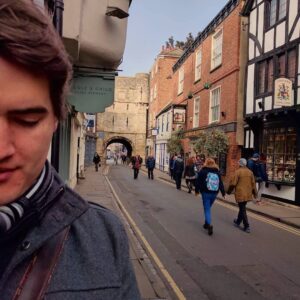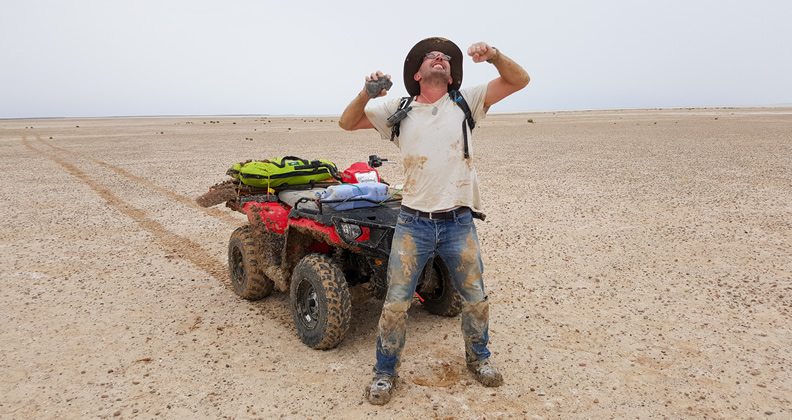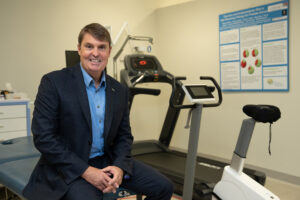When he was 8 years old, Phil Bland became completely engrossed in a school assignment on space flight.
He borrowed every book he could find from his school library, learning all he could about how humanity reached the stars.
While it was very educational, there was one small problem.
“I didn’t write anything down because I was so fascinated by it,” he recalls with a laugh.
“I loved it and I’ve been into it ever since.”
It might sound like Phil was on an orbital trajectory from a young age, but the story’s not so straight forward for the joint winner of WA’s Scientist of the Year award.
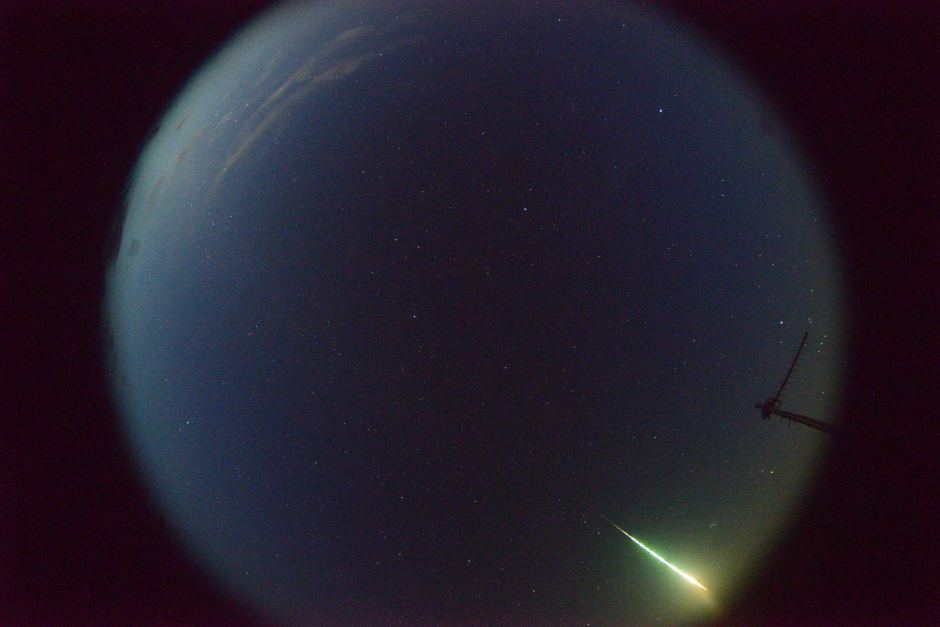
Steel and coal
Growing up in a working class area of Derbyshire, Phil’s path to space was unclear.
The area’s main employers were the coal and steel industries, and a ‘good job’ would be working in manufacturing at Rolls Royce.
At a school career night, Phil brought up his ambition to work in the sciences.
Having being impressed by Richard Dreyfuss’s character in Jaws, he asked about becoming a marine biologist.
The response wasn’t reassuring.
“She sorta shook her head sadly and said, ‘You need a PhD for that’,” Phil says. “What she meant was ‘no one in Derbyshire has ever got a PhD’.”
“In my year at school, there was only me and one other person out of a hundred kids who went to university. You just didn’t do it.”
The adviser’s lacklustre response didn’t deter Phil, and a few years later, he was accepted into Manchester University. Due to his love for mountain climbing, Phil decided to study geology.
Shortly after graduating, he was offered the role of meteorite curator at the Open University while he completed his PhD.
It was the start of his rocky path on the road of planetary science.
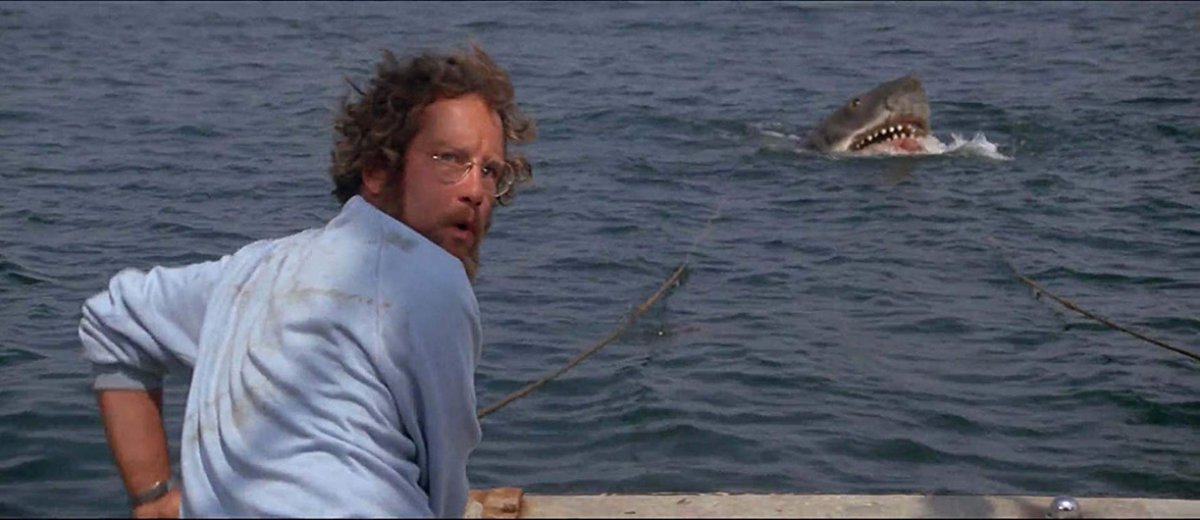
Fireballs in the sky
Meteors have been a constant part of Phil’s career, eventually leading him to Curtin University and setting up the Desert Fireball Network (DFN).
With remote tracking stations scattered across Australia’s deserts, the DFN team have been keeping an eye out for these fiery visitors.
The network’s small outposts track meteors as they streak across our skies, sending back their speed, direction and rough trajectory.
Phil had spent a number of years trying to get the project off the ground and he felt like Australia was the right place to do it.
“People had done the fireball network concept before,” Phil says. “But they’d always put them in places where it’s really hard to find the rocks, which is why we made the Desert Fireball Network because we knew we could find the rocks here.”
But why chase meteors across the desert? Well, meteors are the universe’s time capsules.
They have the potential to show how our Solar System was formed through their mineral composition—a snapshot of the creation process over the past 4.5 billions years.
What they’re made of has remained almost unchanged, giving us a glimpse into what the planets looked like in the distant past.
“It’s really about trying to understand how the Solar System formed and evolved over time,” Phil says.
“Are the processes that formed it weird or common? Are there reasons for why our Solar System is unusual or unique?”
“The step beyond that is [answering] ‘Are the conditions for life common in the universe’?”
Low Earth orbit
Recently, Phil has been working on a new project with Curtin’s engineering department – cubesats.
Cubesats are small satellites often no larger than a shoebox. They’re cheap and weigh very little, meaning you can put a small payload into orbit while sharing a rocket with other projects – a huge cost reduction.
“If we can build them ourselves, that lowers the cost,” Phil says. “There are lots of opportunities for us supporting WA industry in this area.”
It’s part of a push to support WA’s space sector, which has seen a number of new startups and businesses in recent years.
Phil also believes it will help the next generation of STEM students really engage with the opportunities around them.
“IF YOU’RE A WA HIGH SCHOOL STUDENT, YOU CAN COME HERE AND [WORK] ON STUFF THAT’S GOING TO FLY INTO SPACE,” HE SAYS. “I LIKE THAT WE CAN DO THAT.”
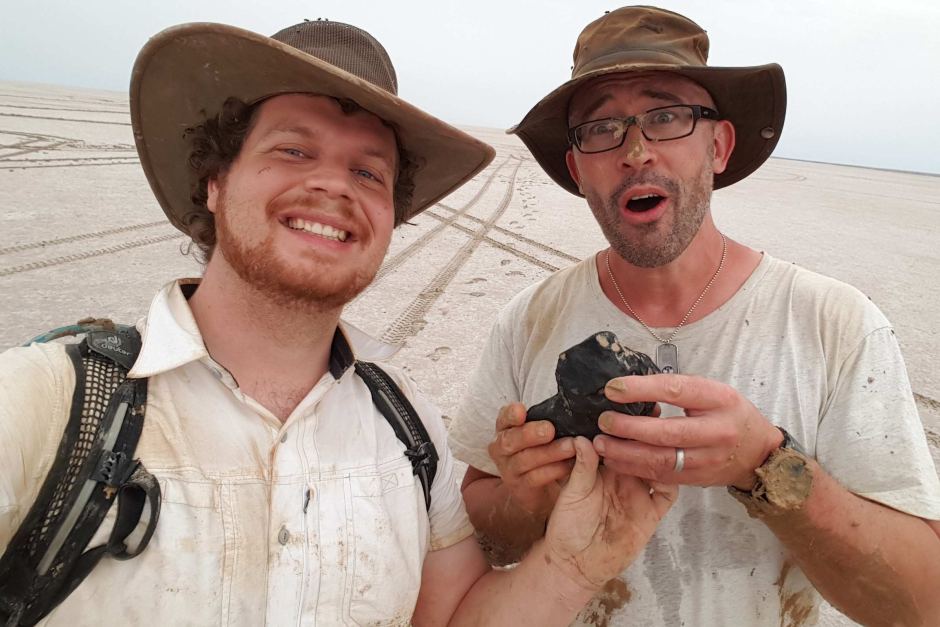
Space is the place
It’s not the only project on Phil’s books.
Along with cubesats and meteors, Phil has a few plans to work with the international space community in the coming years.
While he can’t say much on the projects yet, he feels they have the potential to push Australian science deeper into space.
“There will be a realisation at some point that [there is this] grand circle where funding for what at first sight looks like blue sky science missions actually generates way more money than it costs,” Phil says.
“It’s fundamentally why countries have space agencies. It’s not simply to make people like [me] happy because we can do fun things on Mars. It’s because they make an absolute fortune out of it.”


